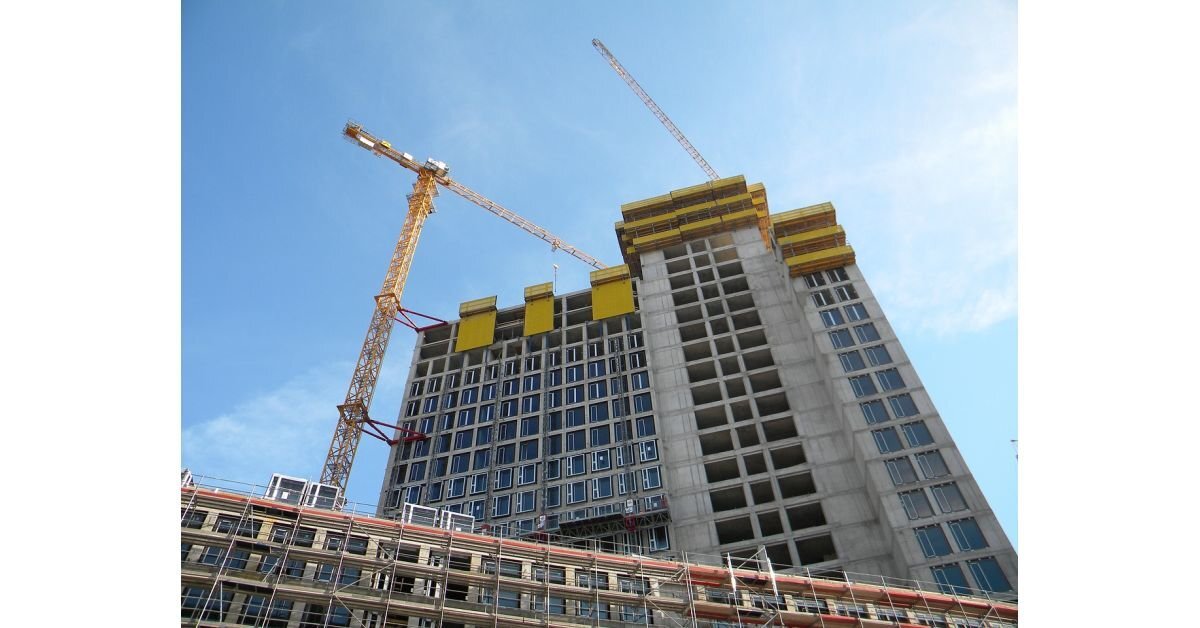Submitting a property development funding proposal isn’t an easy task, especially in the current climate. But Financial Advocates’ Renato Sturma says there are ways to improve your chances of obtaining lending approval.
Sturma, who has been in finance for more than 30 years and specialises in structured financing for property developers, says that it all comes down to proving your project’s financial viability. This is particularly important for proposals to second tier lenders, who typically base their approval on your project’s gross realisation.
So the following summary describes the pivotal points in your proposal that you should nail to enhance your chances of getting lending approval.
1. Give in-depth information about the proposed type of development
Whether you’re planning to subdivide land, build apartments or townhouses, or invest in specialised security property, this will impact how the lenders view your proposal. They’ll want to know solid details that can help them assess your project’s gross realisation.
How many apartments or townhouses are you proposing be constructed? What are the sizes of the newly subdivided land? What type of specialised security property are you pitching? It may help to include any photos or graphics that enable your lender to envisage the project.
Sturma says that in the current climate, banks are more favoured to lend to smaller projects, while larger commercial projects can be trickier to pitch, unless you have proven levels of presales.
2. Provide insights into the project’s location
Providing in-depth details of your property’s location helps to support your case for developing in the area. So, you want to supply relevant information that proves that your proposed location is only going to continue growing.
Is the development in a metro or regional area? This can play a big role in determining whether your project is potentially fundable.
Consider adding any evidence that supports the feasibility of your project, including:
- Zoning maps
- An economic profile of the area (including noteworthy employers)
- Long-term population trends
- The proximity to public transport routes
- Surrounding business and residential hubs
3. Demonstrate that your project costings are realistic
Most in-depth proposals include a financial analysis, in which you demonstrate your understanding of the costs required to complete the project. Since developers are prone to underestimate expenses, lenders will be checking to ensure the costs are realistic.
Your cost breakdown should incorporate such expenses as:
- Land acquisition
- Taxes, including GST
- Permits, approvals and other council contributions
- Sitework and construction
- Legal work
- Consultants – including property lawyers, architects, designers, engineers, etc
- Insurances
- Property management
- Sales and marketing
4. Outline your development timeline
It’s also a recommended to provide a breakdown of your project’s implementation schedule to show how prepared you are. Lenders will also want to know how long the project will take till completion and sales.
Be realistic about each phase, with anticipated start and end dates.
5. Proving your project is feasible
Once your project is laid out in full, lenders will analyse the project’s feasibility. Here, you need to prove you’ve made the correct land value assessment, accurately calculated cash flow, and set realistic expectations of the eventual sales price.
This information should form the basis of your initial risk analysis for the property development. You should factor in risks associated with the property market, financing, construction costs and timing. But don’t stop there – demonstrate how you plan to reduce risks and limit bottlenecks.
A sure winner is to prove you have presales that show investors are interested in your project.
Most financiers for project developments will look at every proposal and judge it on a case-by-case basis, beginning with the type and location of your development and then analysing the books.
Proving that your proposed development is financially viable will go a long way towards success in gaining funding for your project. For more insight into property development in Australia, be sure to check out our industry blog.
Or if you’re ready to hunt for your next viable project, search for potential land development opportunities on Development Ready’s dedicated portal.










